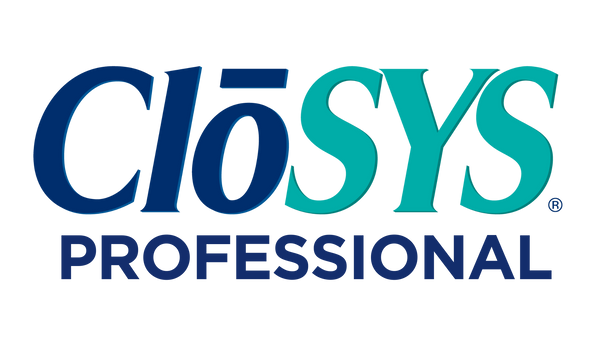Lee S, Suprono M, Stephens J, Withers S, and Li Y
American J Dentistry, Vol. 31, p. 309-312; 2018
Abstract
PurposeTo evaluate the efficacy of a mouthwash containing stabilized chlorine dioxide in reducing oral malodor when used as an adjunct to tooth brushing compared with the use of a placebo mouthwash.
Methods
This 8-week study in healthy subjects with clinically diagnosed intrinsic oral malodor was a 2-way crossover, double-blind, randomized, and controlled trial design, which was conducted at a single site. Subjects were randomized to receive either unflavored, non-fluoridated, and alcohol-free mouthwash containing 0.1% stabilized chlorine dioxide or a placebo mouthwash with identical bottle packaging. Both groups were provided with the same toothpaste and toothbrush. Subjects consented to the 8-week participation and were instructed to use their allocated treatment twice daily. In Phase I, quantified odor intensity [measured by an organoleptic intensity rating scale of 0-5, with 0=malodor cannot be detected and 5=very strong malodor] was independently evaluated by three calibrated judges at baseline, and after 1, 2, and 3 weeks of treatment. Following a 2-week washout period, Phase II initiated with the redistribution of test products. The subjects' organoleptic scores were assessed by the calibrated judges at baseline, and 6, 7, and 8 weeks of treatment.
Results
A total of 50 subjects were enrolled and randomized into the two groups. Of these, 47 subjects completed the study. The baseline organoleptic intensity scores for both groups during Phase I and Phase II were not significantly different (P= 0.224, P= 0.071, respectively). At all visits, the organoleptic scores for the placebo rinse group during both Phase I and Phase II were not significantly different. During Phase I, the mean of individual organoleptic change scores from the stabilized chlorine dioxide rinse group were significantly different from the baseline at the last two follow-up visits: Week 1 (P= 0.088), Week 2 (P= 0.001), Week 3 (P= 0.1×10-3). During Phase II, the mean of individual organoleptic change scores from the stabilized chlorine dioxide rinse group were also significantly different from the baseline at the last two follow-up visits: Week 6 (P= 0.120), Week 7 (P= 0.004), Week 8 (P= 0.002).
Clinical significance
The results of this study suggest the daily use of a stabilized chlorine dioxide-containing unflavored mouthwash as an adjunct to brushing with fluoride toothpaste provides a clinically relevant reduction in oral malodor after 3 weeks of twice-daily use.
